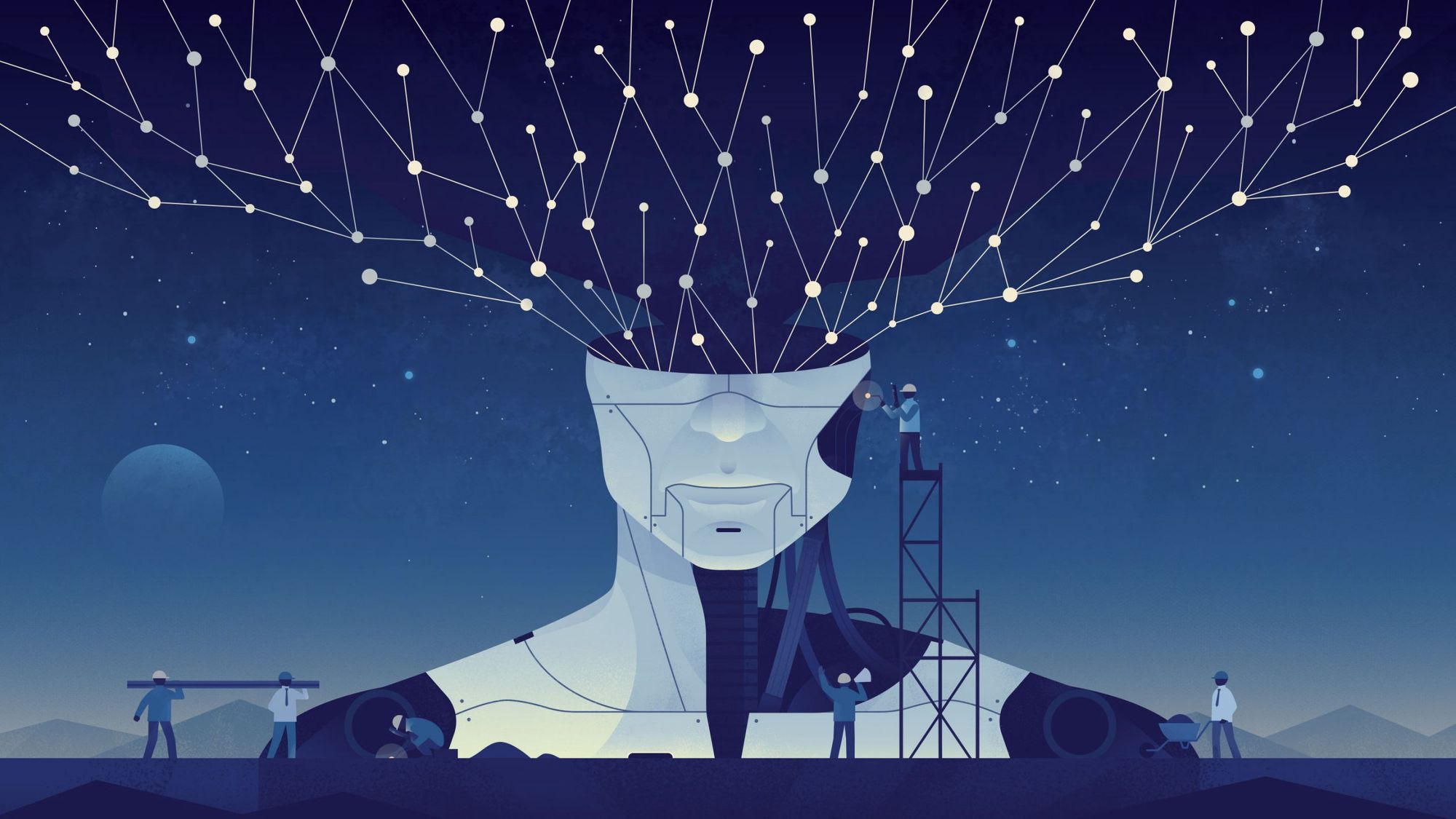It's a great time to be a deep learning engineer. In this article, we will go through some of the popular deep learning frameworks like Tensorflow and CNTK so you can choose which one is best for your project.
Deep Learning is a branch of Machine Learning. Though machine learning has various algorithms, the most powerful are neural networks.
Deep learning is the technique of building complex multi-layered neural networks. This helps us solve tough problems like image recognition, language translation, self-driving car technology, and more.
There are tons of real-world applications of deep learning from self-driving Tesla cars to AI assistants like Siri. To build these neural networks, we use different frameworks like Tensorflow, CNTK, and MxNet.
If you are new to deep learning, start here for a good overview.
Frameworks
Without the right framework, constructing quality neural networks can be hard. With the right framework, you only have to worry about getting your hands on the right data.
That doesn’t imply that knowledge of the deep learning frameworks alone is enough to make you a successful data scientist.
You need a strong foundation of the fundamental concepts to be a successful deep learning engineer. But the right framework will make your life easier.
Also, not all programming languages have their own machine learning / deep learning frameworks. This is because not all programming languages have the capacity to handle machine learning problems.
Languages like Python stand out among others due to their complex data processing capability.
Let's go through some of the popular deep learning frameworks in use today. Each one comes with its own set of advantages and limitations. It is important to have at least a basic understanding of these frameworks so you can choose the right one for your organization or project.
TensorFlow

TensorFlow is the most famous deep learning library around. If you are a data scientist, you probably started with Tensorflow. It is one of the most efficient open-source libraries to work with.
Google built TensorFlow to use as an internal deep learning tool before open-sourcing it. TensorFlow powers a lot of useful applications including Uber, Dropbox, and Airbnb.
Advantages of Tensorflow
- User Friendly. Easy to learn if you are familiar with Python.
- Tensorboard for monitoring and visualization. It is a great tool if you want to see your deep learning models in action.
- Community support. Experts engineers from Google and other companies improve TensorFlow almost on a daily basis.
- You can use TensorFlow Lite to run TensorFlow models on mobile devices.
- Tensorflow.js lets you to run real-time deep learning models in the browser using JavaScript.
Limitations of Tensorflow
- TensorFlow is a bit slow compared to frameworks like MxNet and CNTK.
- Debugging can be challenging.
- No support for OpenCL.
Apache MXNet
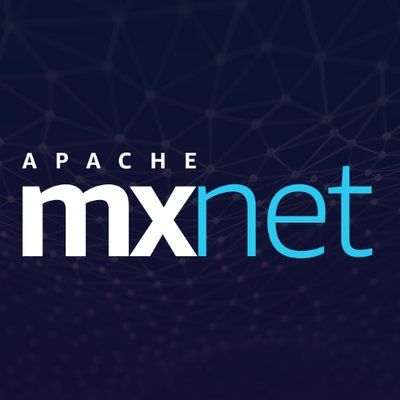
MXNet is another popular Deep Learning framework. Founded by the Apache Software Foundation, MXNet supports a wide range of languages like JavaScript, Python, and C++. MXNet is also supported by Amazon Web Services to build deep learning models.
MXNet is a computationally efficient framework used in business as well as in academia.
Advantages of Apache MXNet
- Efficient, scalable, and fast.
- Supported by all major platforms.
- Provides GPU support, along with multi-GPU mode.
- Support for programming languages like Scala, R, Python, C++, and JavaScript.
- Easy model serving and high-performance API.
Disadvantages of Apache MXNet
- Compared to TensorFlow, MXNet has a smaller open source community.
- Improvements, bug fixes, and other features take longer due to a lack of major community support.
- Despite being widely used by many organizations in the tech industry, MxNet is not as popular as Tensorflow.
Microsoft CNTK
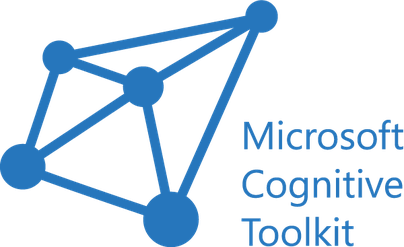
Large companies usually use Microsoft Cognitive Toolkit (CNTK) to build deep learning models.
Though created by Microsoft, CNTK is an open-source framework. It illustrates neural networks in the form of directed graphs by using a sequence of computational steps.
CNTK is written using C++, but it supports various languages like C#, Python, C++, and Java.
Microsoft’s backing is an advantage for CNTK since Windows is the preferred operating system for enterprises. CNTK is also heavily used in the Microsoft ecosystem.
Popular products that use CNTK are Xbox, Cortana, and Skype.
Advantages of Microsoft CNTK
- Offers reliable and excellent performance.
- The scalability of CNTK has made it a popular choice in many enterprises.
- Has numerous optimized components.
- Easy to integrate with Apache Spark, an analytics engine for data processing.
- Works well with Azure Cloud, both being backed by Microsoft.
- Resource usage and management are efficient.
Disadvantages of Microsoft CNTK
- Minimal community support compared to Tensorflow, but has a dedicated team of Microsoft engineers working full time on it.
- Significant learning curve.
PyTorch
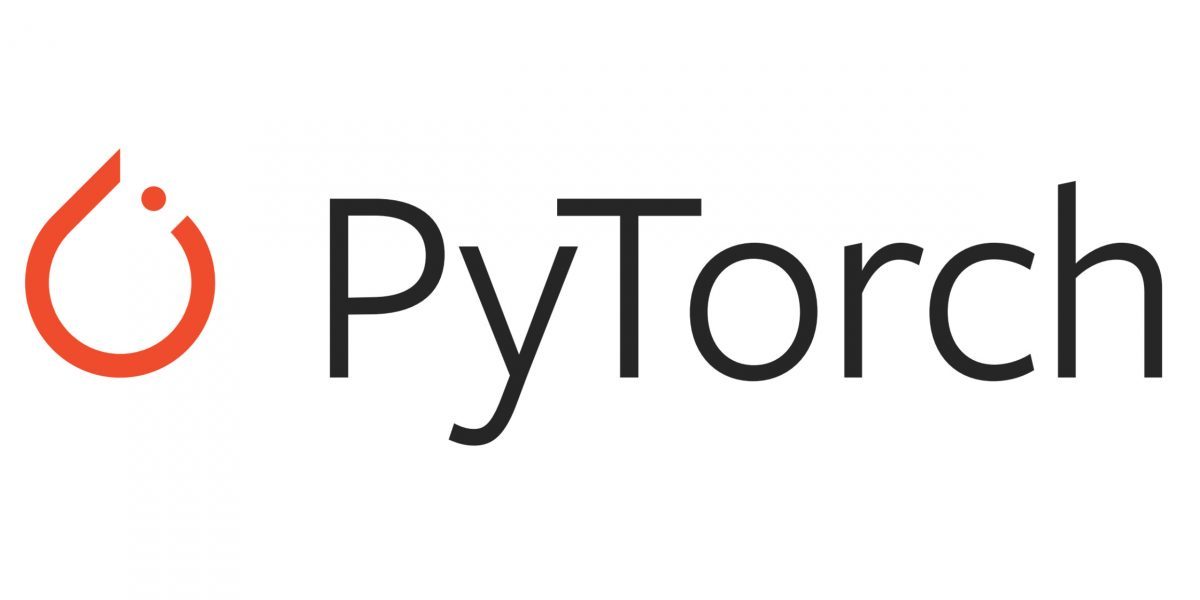
PyTorch is another popular deep learning framework. Facebook developed Pytorch in its AI research lab (FAIR). Pytorch has been giving tough competition to Google’s Tensorflow.
Pytorch supports both Python and C++ to build deep learning models. Released three years ago, it's already being used by companies like Salesforce, Facebook, and Twitter.
Image Recognition, Natural Language Processing, and Reinforcement Learning are some of the many areas in which PyTorch shines. It is also used in research by universities like Oxford and organizations like IBM.
PyTorch is also a great choice for creating computational graphs. It also supports cloud software development and offers useful features, tools, and libraries. And it works well with cloud platforms like AWS and Azure.
Advantages of PyTorch
- User-friendly design and structure that makes constructing deep learning models transparent.
- Has useful debugging tools like PyCharm debugger.
- Contains many pre-trained models and supports distributed training.
Disadvantages of PyTorch
- Does not have interfaces for monitoring and visualization like TensorFlow.
- Comparatively, PyTorch is a new deep learning framework and currently has less community support.
DeepLearning4j
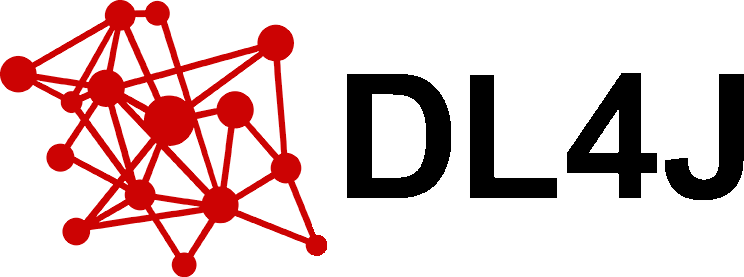
DeepLearning4j is an excellent framework if your main programming language is Java. It is a commercial-grade, open-source, distributed deep-learning library.
Deeplearning4j supports all major types of neural network architectures like RNNs and CNNs.
Deeplearning4j is written for Java and Scala. It also integrates well with Hadoop and Apache Spark. Deeplearning4j also has support for GPUs, making it a great choice for Java-based deep learning solutions.
Advantages of DeepLearning4j
- Scalable and can easily process large amounts of data.
- Easy integration with Apache Spark.
- Excellent community support and documentation.
Disadvantages of DeepLearning4j
- Limited to the Java programming language.
- Relatively less popular compared to Tensorflow and PyTorch.
Conclusion
Each framework comes with its list of pros and cons. But choosing the right framework is crucial to the success of a project.
You have to consider various factors like security, scalability, and performance. For enterprise-grade solutions, reliability becomes another primary contributing factor.
If you are just getting started, begin with Tensorflow. If you are building a Windows-based enterprise product, choose CNTK. If you prefer Java, choose DL4J.
I hope this article helps you choose the right deep learning framework for your next project. If you have any questions, reach out to me.
Loved this article? Join my Newsletter and get a summary of my articles and videos every Monday.

